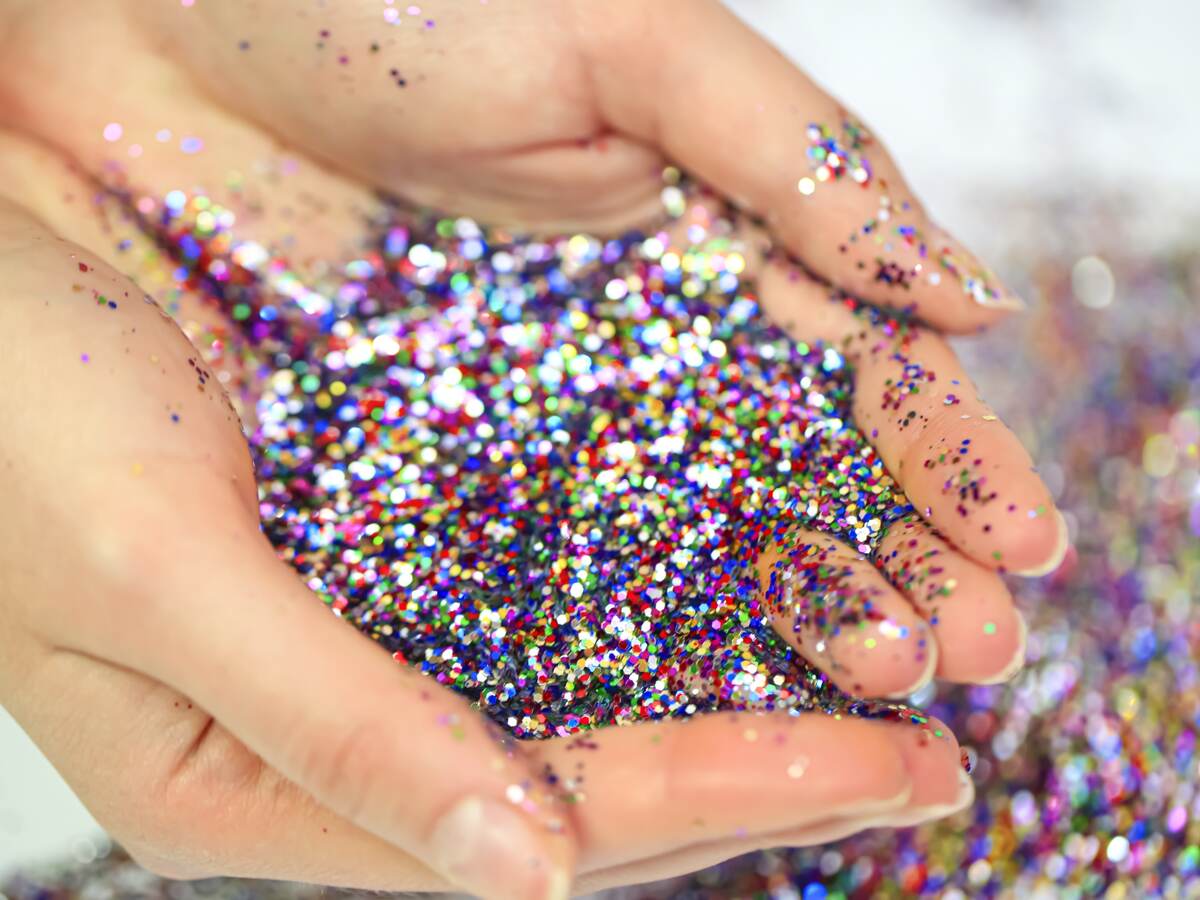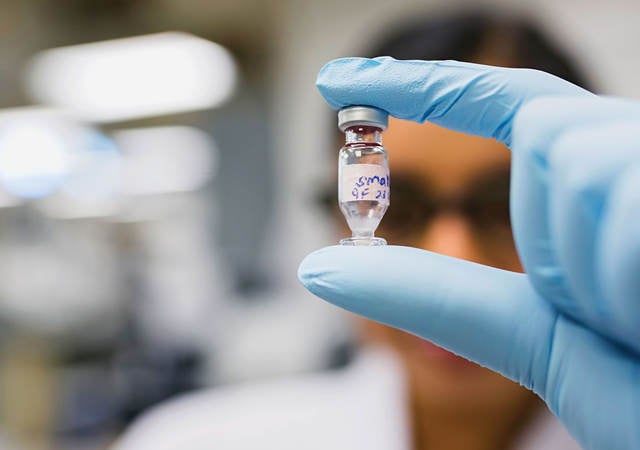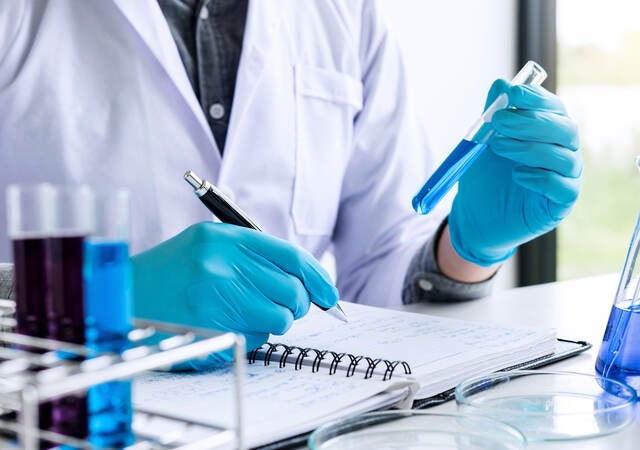November 16, 2023
The European Commission (EC) has published Commission Regulation (EU) 2023/2055, amending Annex XVII to Registration, Evaluation, Authorisation and Restriction of Chemicals (REACH) Regulation (EC) No. 1907/2006. This update includes a new restriction in entry 78, which concerns synthetic polymer microparticles (SPMs). The entry states that SPMs cannot be used when “they are present to confer a sought-after characteristic in mixtures in a concentration equal to or greater than 0.01% by weight.”
This restriction aligns with the European Union’s (EU’s) strategy to eliminate plastic pollution.
This restriction prohibits the sale of microplastics as such, products to which microplastics have been intentionally added and that release those microplastics when used.
Common examples of products affected by this restriction include cosmetics and toys (such as slime or putty) that contain microplastics or microbeads; loose glitter; and infill material for artificial sports surfaces.
Products used at industrial sites or those that do not release microplastics during use are not included in the sale ban. However, in order to help prevent microplastic pollution, the manufacturers of such products will have to provide instructions for the products’ use and disposal. The regulation will also require manufacturers to report the estimated microplastics pollution caused by their products every year.
Products to which microplastics have not been added purposely but are present unintentionally are not in the scope of the restriction.
The restriction defines microplastic as polymers that are solid and that fulfill both of the following conditions:
(a) are contained in particles and constitute at least 1% by weight of those particles; or build a continuous surface coating on particles;
(b) at least 1% by weight of the particles referred to in point (a) fulfill either of the following conditions:
(i) all dimensions of the particles are equal to or less than 5 mm;
(ii) the length of the particles is equal to or less than 15 mm and their length-to-diameter ratio is greater than 3.
Degradable microparticles and those with solubility greater than 2 grams per liter (g/L) can be exempted. The rules to prove degradability and solubility are specified in the regulation’s Appendices 15 and 16.
Microplastics shall not be placed on the market as substances on their own or, where the synthetic polymer microparticles are present to confer a sought-after characteristic, in mixtures in a concentration equal to or greater than 0.01% by weight.
Specific product categories are excluded from the applicability of the restriction under paragraph 4. These product categories include food additives, medicinal products, synthetic polymer microparticles, as substances on their own or in mixtures, for use at industrial sites.
The restriction covers other products that contain intentionally added microplastics, such as toys (if not specifically exempted), cosmetics, detergents, paints (if not specifically exempted), decorative items, art materials granular infill for use in synthetic sports surfaces, etc.
The restriction went into effect on Oct. 17, 2023, and only specific products — such as synthetic polymer microparticles for use in the encapsulation of fragrances, “rinse-off” products, lip products, nail products, make-up products, detergents, waxes, polishes and air care, granular infill for use in synthetic sports surfaces and others specified in the text of restriction — have transition periods. During the transition period, some products are required to be labeled with the statement, “This product contains microplastics.”
Products with microbeads, toys and generic mixtures do not have derogation or transition periods. The European Commission has released a Questions and Answers (Q&A) document to better clarify the exemptions listed in paragraph 5 of the restriction. Specific exemptions are given for:
(a) SPM which are contained by technical means so that releases to the environment are prevented when used in accordance with the instructions for use during the intended end use;
(b) SPM the physical properties of which are permanently modified during intended end use in such a way that the polymer no longer falls within the scope of this entry;
(c) SPM which are permanently incorporated into a solid matrix during intended end use (e.g. filled materials in toys, SPM that forms films)
In particular, the EC has clarified that loose plastic glitter, unless it is biodegradable or soluble, intended for uses without a transition period — such as for arts and crafts and in toys — has been banned as of Oct. 17, 2023.
This means that plastic glitter on its own (also called loose plastic glitter) is to be regarded as a mixture under REACH and therefore is in the scope of the restriction.
While, plastic glitter is not affected by the ban if, when used, it is trapped in a solid matrix (e.g., glitter glue), solid films (e.g., paints and inks) or solid objects (e.g., inside jewelry, spray can caps, etc.) or is fully contained in the article (e.g., in snow globes).
Still, for some of these products, starting in October 2025, manufacturers will be required to provide instructions for use and disposal, explaining to professional users and the general public how to prevent the release of synthetic polymer microparticles into the environment.
The EC has also clarified that Articles with glitter affixed on their surface do not fall within the scope of the restriction.
UL Solutions recommends that manufacturers take the following actions to comply with this restriction:
- Eliminate the use of microplastics in products in which they are not allowed
- Substitute microplastics with biodegradable, soluble or natural materials
- Eliminate the use of products and articles from which glitter detaches during normal use
UL Solutions experts can help you navigate compliance with this regulation. We recommend testing your products to these new requirements soon because the restriction is already in effect for some products. Contact us to learn more.
Sources
- https://echa.europa.eu/documents/10162/827ab66d-8f59-9076-e000-064274ba5b5e
- https://eur-lex.europa.eu/legal-content/EN/TXT/?uri=OJ%3AJOL_2023_238_R_0003&qid=1695804976302
- https://ec.europa.eu/commission/presscorner/detail/en/qanda_23_4602
- https://single-market-economy.ec.europa.eu/commission-regulation-eu-20232055-restriction-microplastics-intentionally-added-products_en
Get connected with our sales team
Thanks for your interest in our products and services. Let's collect some information so we can connect you with the right person.




